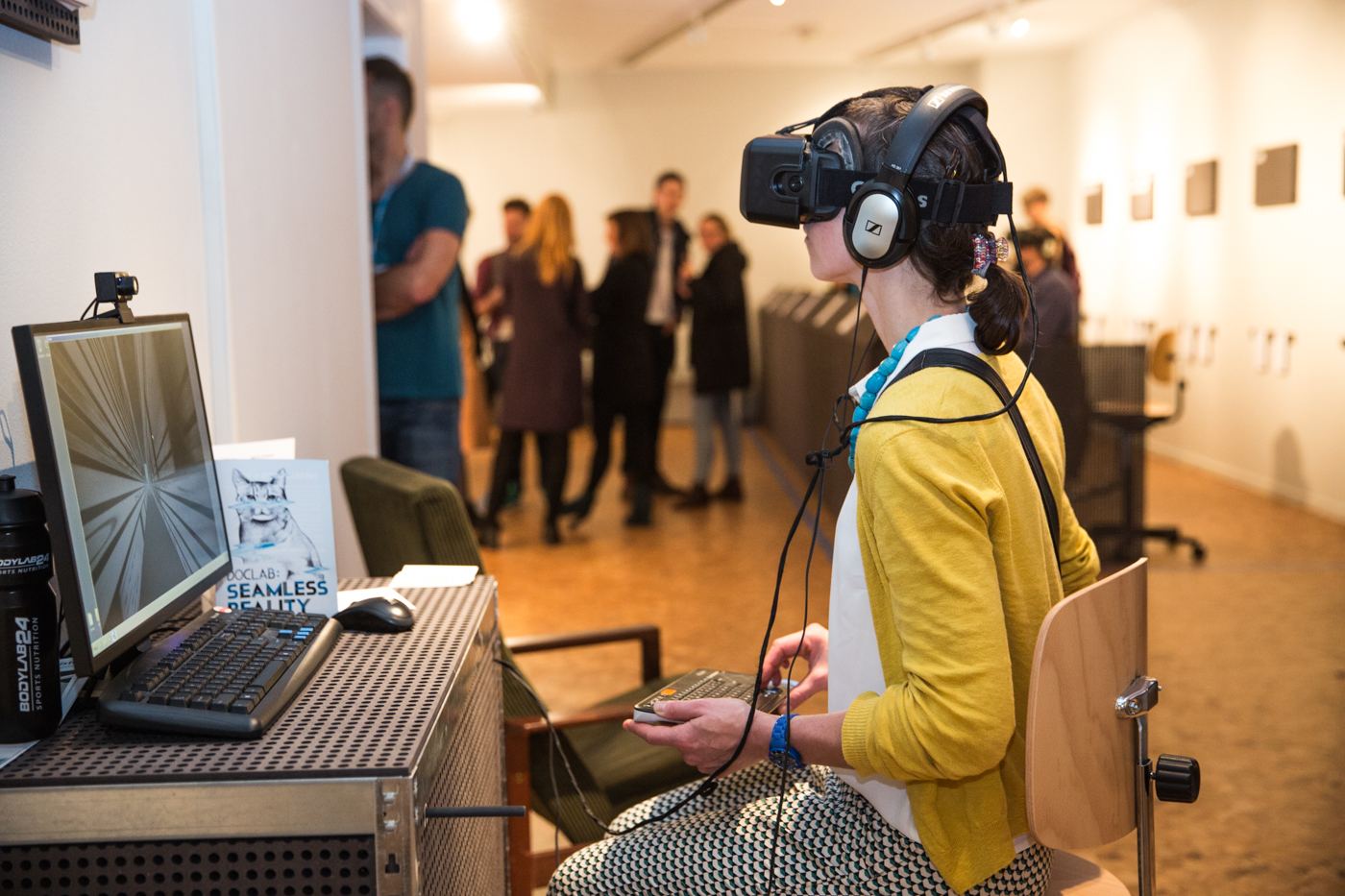
DocLab Expo: Seamless Reality, IDFA International Documentary Filmfestival Amsterdam. Photo Nichon Glerum
The DocLab Expo: Seamless Reality exhibition takes place each year in Amsterdam in the framework of IDFA, the International Documentary Film Festival Amsterdam. The event showcases thirty installations, virtual reality environments, experiments with artificial intelligence, and other interactive projects that explore the future of documentary storytelling.
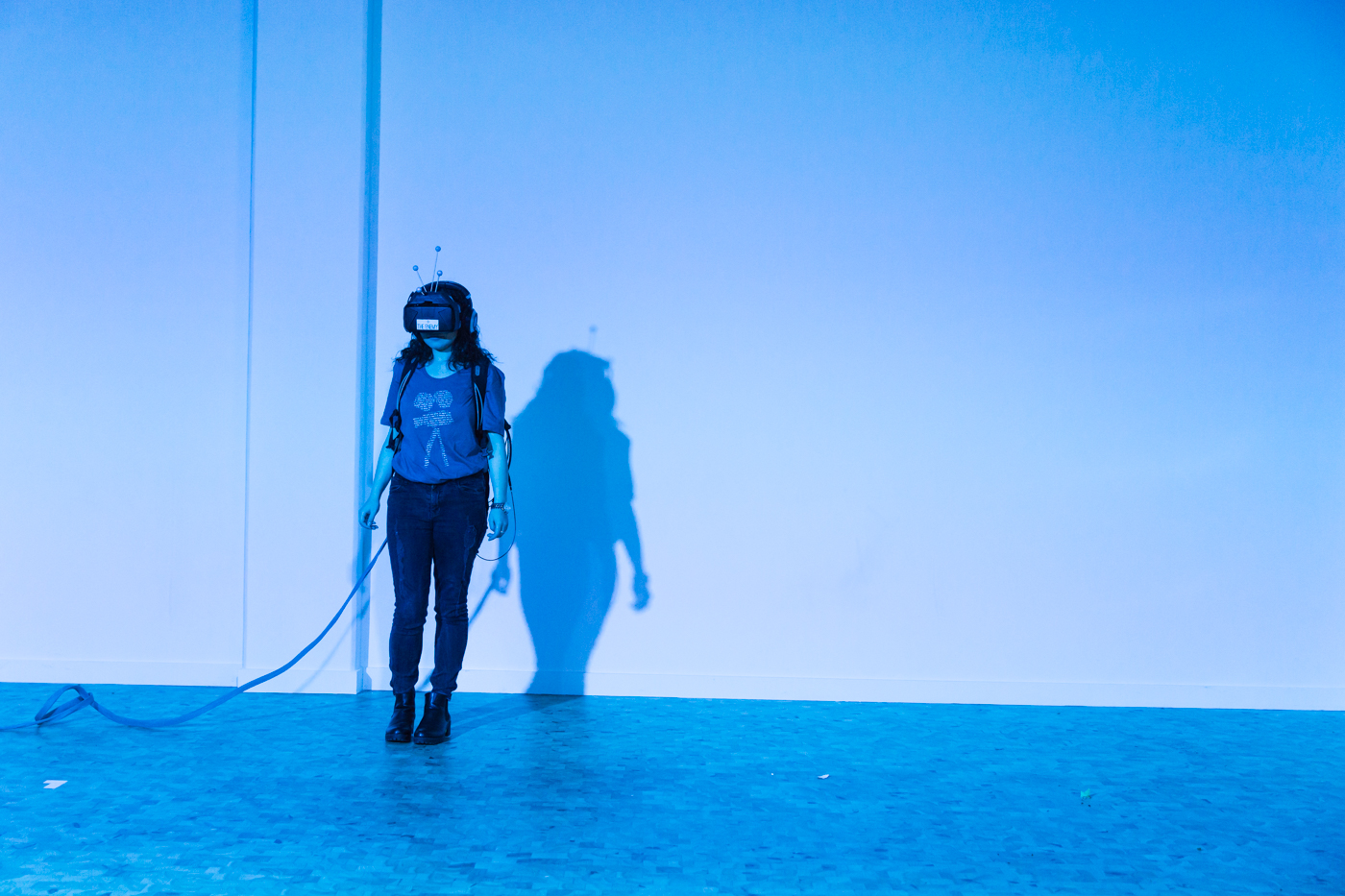
Karim Ben Khelifa, The Enemy. DocLab Expo: Seamless Reality, IDFA International Documentary Filmfestival Amsterdam. Photo Nichon Glerum
The show is part of the Seamless Reality program set up by IDFA DocLab, a festival program for ‘undefined art and unexpected experiences’. Organized by DocLab in collaboration with Flemish art center De Brakke Grond, the DocLab Expo: Seamless Reality is an exhibition that shouldn’t interest me (i’m normally not into VR.) Except that it does. Mostly because:
1. Most of the works exhibited challenge the concept of ‘interactivity’ far more efficiently than many of the projects i see at some of the media art festivals i visit each year. Because their focus is on story-telling (rather than, say, subverting or expanding the limits of technology), they tend to me more compelling too. On the other hand, these experimental works make an innovative use of technology and thus tend to feel constrained by the label ‘documentary’. They fall somewhere between media art and documentary making. And that’s what makes them cutting-edge and engaging.
2. DocLab Expo is a free exhibition and it offers a great mix of socially-engaged works that deal with issues ranging from factory labour to activism in Pakistan and experiences that see visitors engage in unconventional activities such as eating meat ice cream, entering a mortuary chest to experience the death of JFK, or being offended by a talking CCTV camera.
3. I saw that DocLab provided visitors with cleaning cloths to sanitize the VR goggles. I don’t want to sound like a hygiene freak (that’s called mysophobia says wikipedia) but try and stay poised when the person who was watching the documentary before you hands you foundation-covered goggles to slip on your head. So they might not be super eco-friendly these little cleaning cloths but they come in handy in such settings!
Here’s a subjective tour of the exhibition and i’ll try to keep it short-ish to make up for boring you stiff with my interminable notes from the DocLab: Interactive Conference the other day:
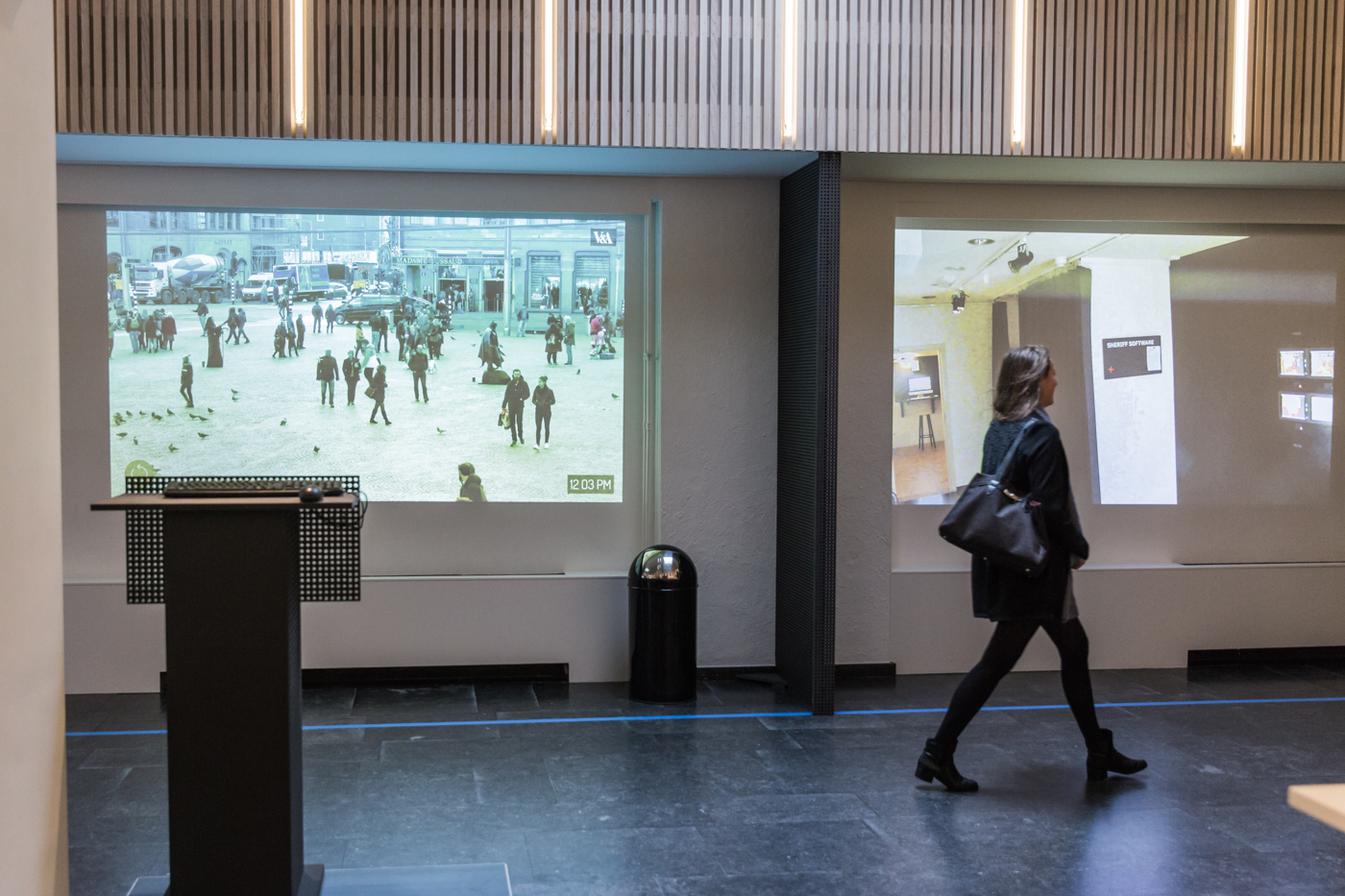
Kyle McDonald, Exhausting a Crowd. Netherlands. DocLab Expo: Seamless Reality, IDFA International Documentary Filmfestival Amsterdam. Photo Nichon Glerum
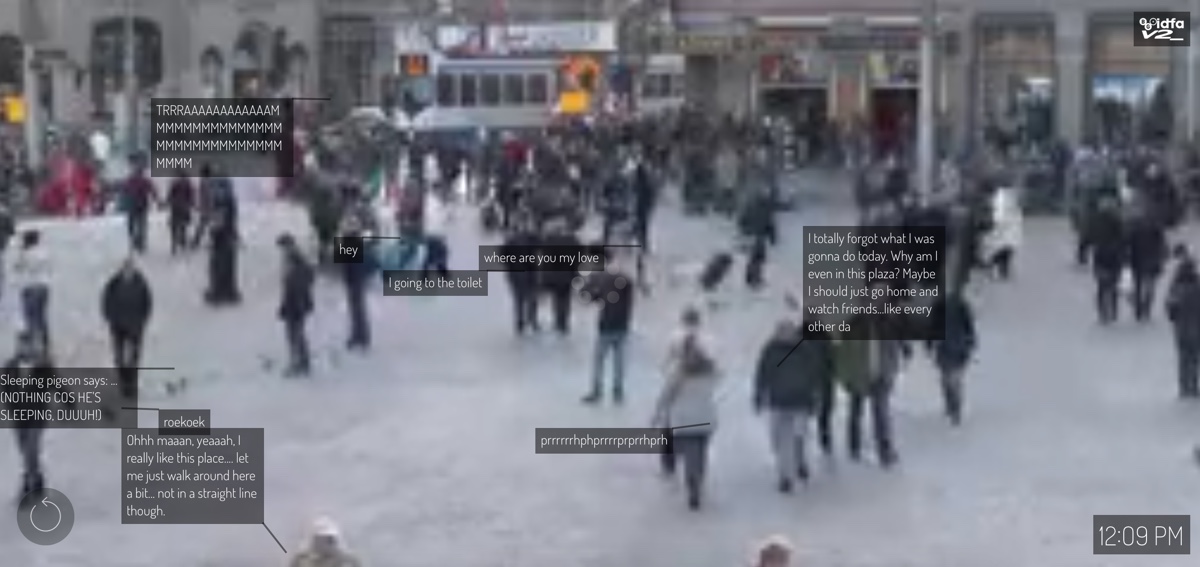
Kyle McDonald, Exhausting a Crowd. Netherlands
In 1974, George Perec sat in Saint-Sulpice Square in Paris and started to write down the activity around him. Not the remarkable and the curious, but all the mundane things that usually pass unnoticed. The experimental literary work, called An Attempt at Exhausting a Place, has inspired one of Kyle McDonald‘s latest artworks.
Nothing truly notable happens in the video of Exhausting a Crowd. You see people going about their daily life in a public place. What gets your attention though is that the work allows observers to attach a “tags” to the people in the crowd, either as speech bubbles with imaginary conversations or thoughts or annotations that comment on the surrounding scene. Some of the notes are witty, others are touching or just plain silly. Although the faces of passerby are too small and blurry to allow you to identify anyone in the crowd, Exhausting a Crowd shows the potential for a new type of hyper-detailed surveillance that combines automation and the participation of citizens.
The version commissioned by DocLab showed images from different locations in Amsterdam, Rotterdam and elsewhere in The Netherlands.
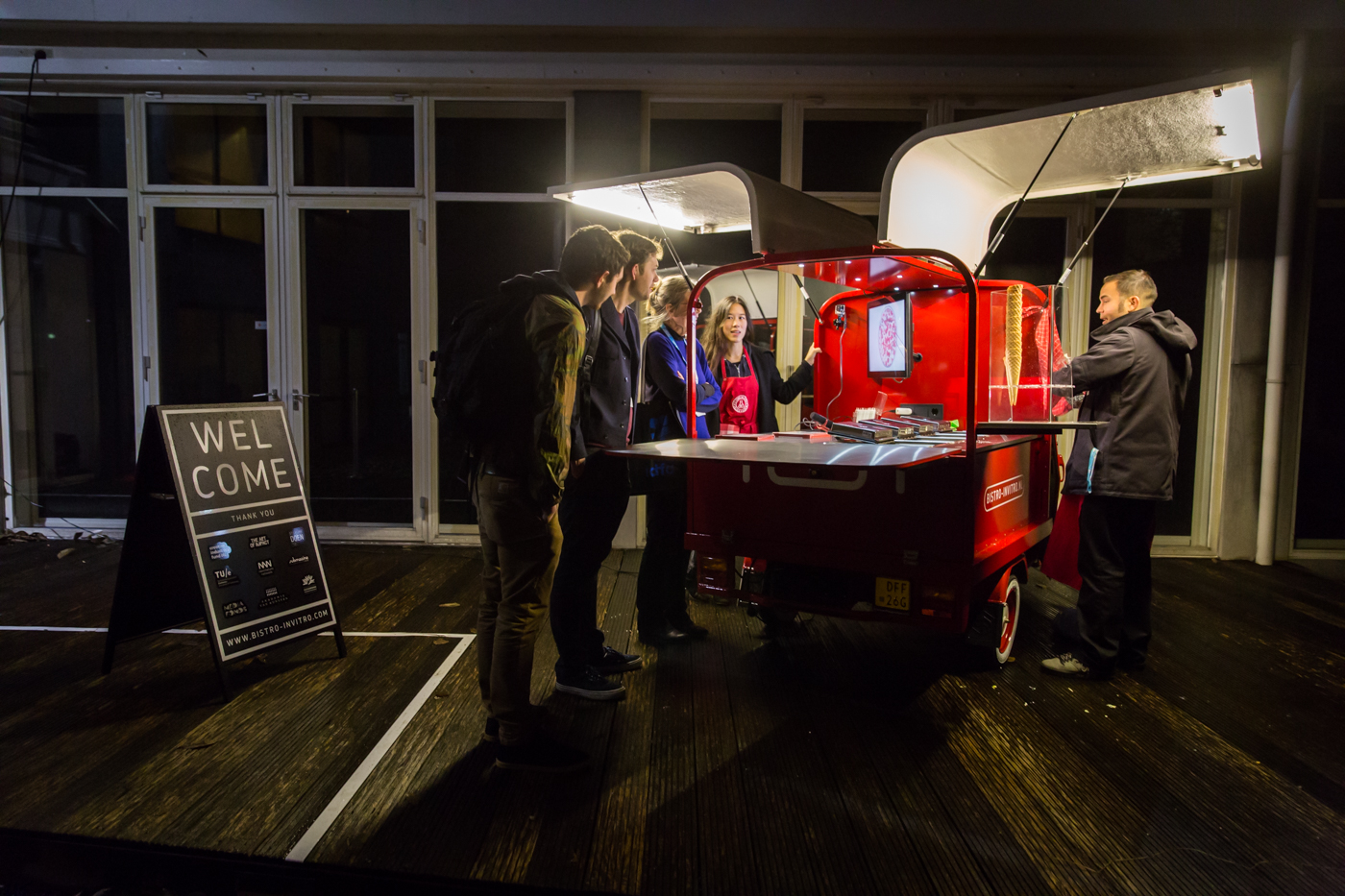
Koert van Mensvoort, Bistro in Vitro. DocLab Expo: Seamless Reality, IDFA International Documentary Filmfestival Amsterdam. Photo Nichon Glerum
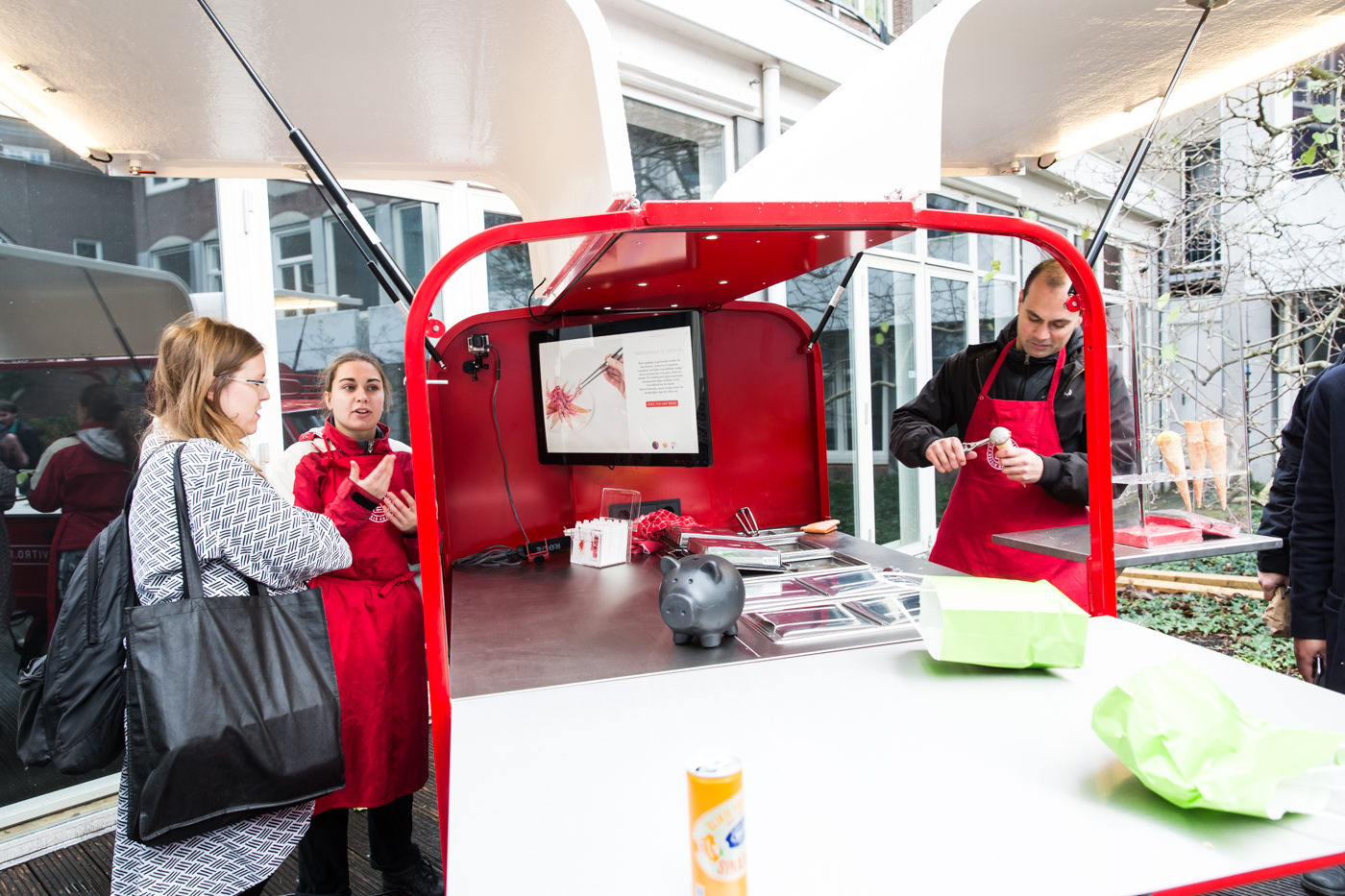
Koert van Mensvoort, Bistro in Vitro. DocLab Expo: Seamless Reality, IDFA International Documentary Filmfestival Amsterdam. Photo Nichon Glerum
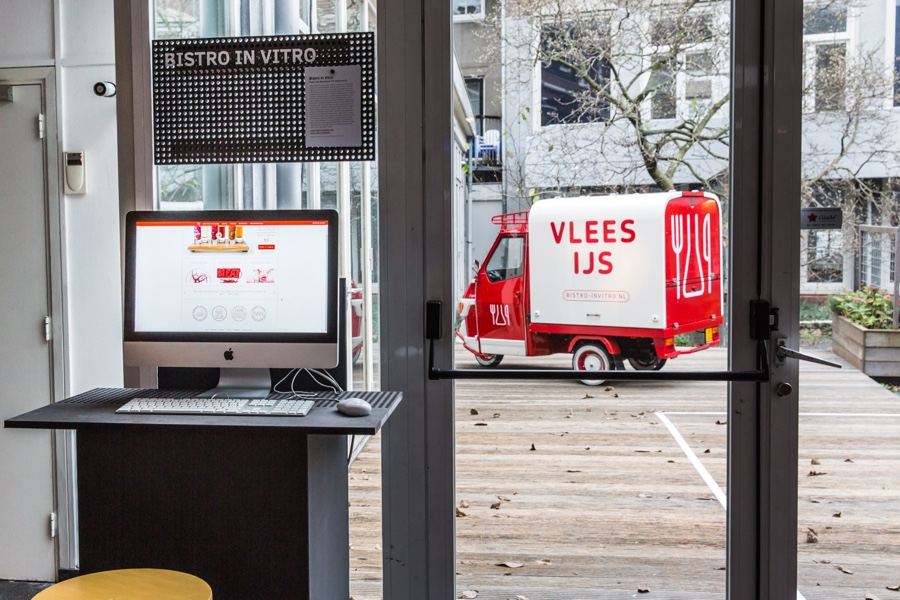
Koert van Mensvoort, Bistro in Vitro. DocLab Expo: Seamless Reality, IDFA International Documentary Filmfestival Amsterdam. Photo Nichon Glerum
Bistro in Vitro is a fictional restaurant specializing in lab-grown meat dishes and inviting us to reflect upon the many ways we might consume it in the future: knitted, see through, tickling your throat, sourced from celebs, etc. Or in the form of an ice cream.
At DocLab, an In Vitro van was offering visitors flavours of speculative meat ice creams that ranged from ‘The Ice Queen’ containing DNA from the Dutch royal family to ‘The Dragon’, a fire-breathing blend of meat that tastes of mythological beast.
Ultimately, philosopher and scientist Koert van Mensvoort and his organization Next Nature Network are using Bistro In Vitro to explore the blurring of boundaries between nature and technology, between what is “born” and what is “made.” If you’re curious about their research, check out The In Vitro Meat Cookbook.
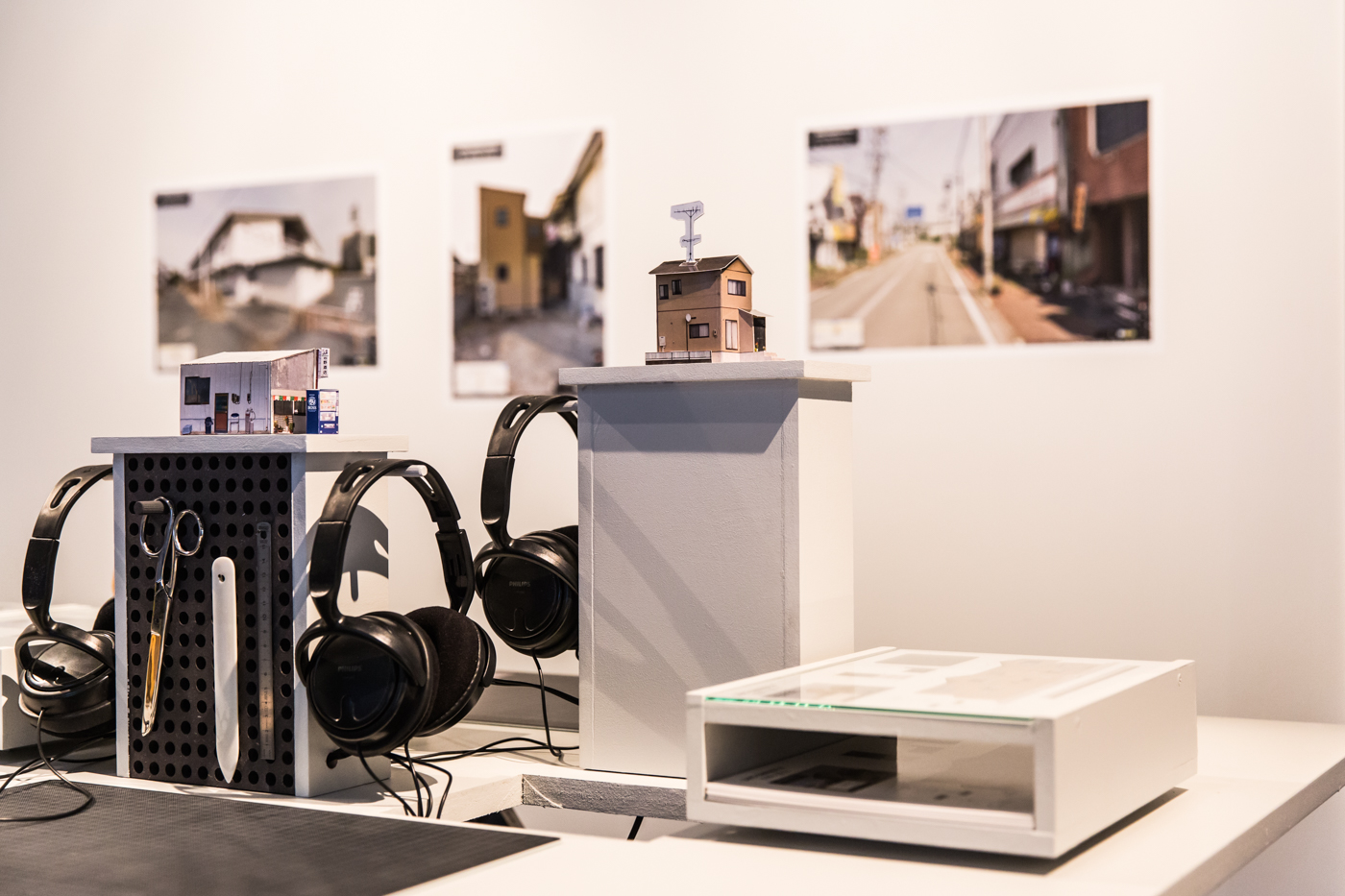
Bert Hana, Rebuild Fukushima. DocLab Expo: Seamless Reality, IDFA International Documentary Filmfestival Amsterdam. Photo Nichon Glerum

Bert Hana, Rebuild Fukushima
Dagmar van Wersch and Bert Hana have used Google Street View to explore the Fukushima nuclear disaster zone and scan some of its buildings. Using the images they found on the platform, they created construction kits of the houses and invited visitors of DocLab to reconstruct the Japanese houses in Amsterdam by folding the paper kits into 3D buildings. Rebuild Fukishima combines these 3D paper kits with audio interviews of former inhabitants of the area who share their memory of the disaster and give us an idea of what it means to be unable to return home.
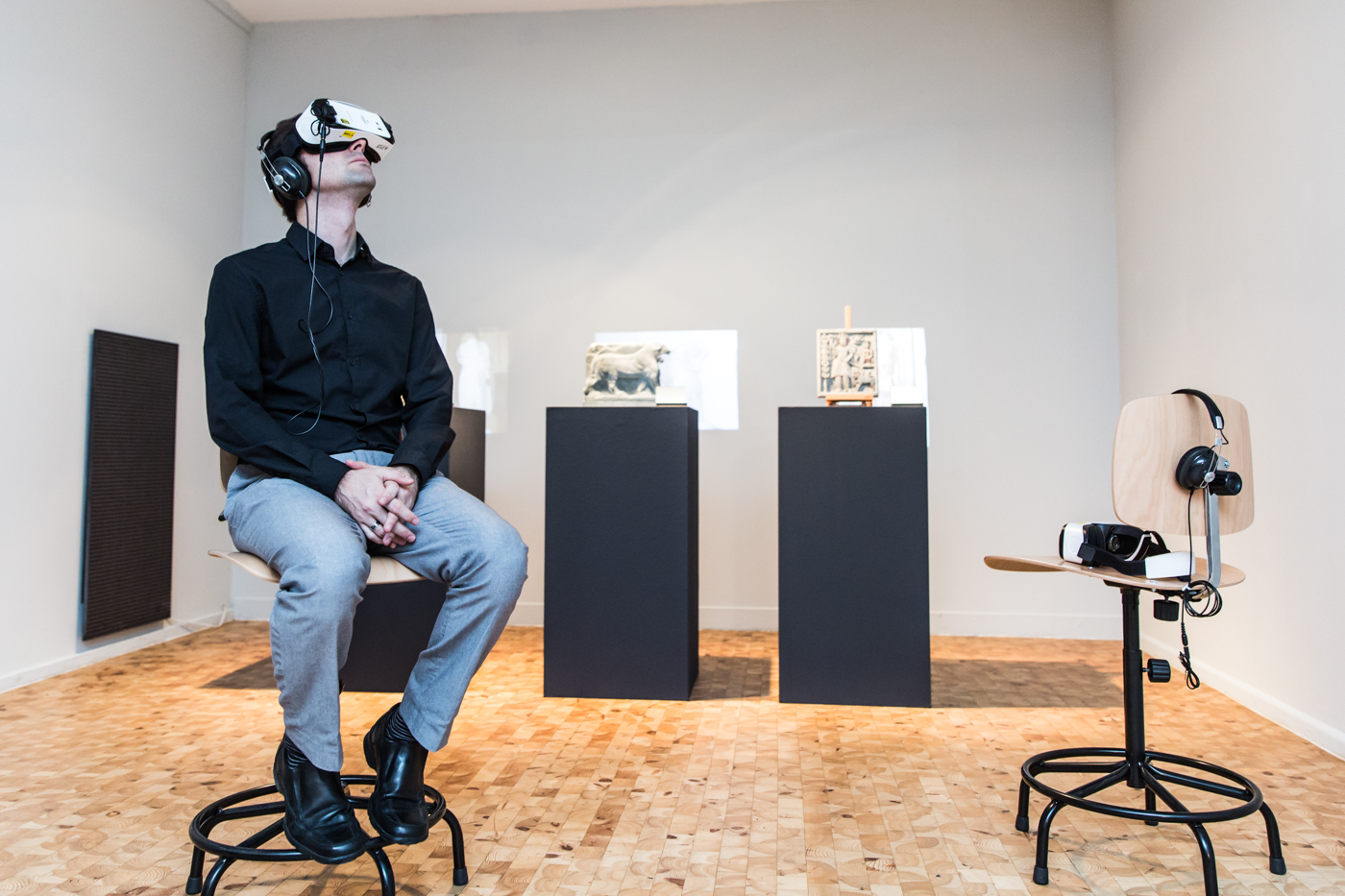
Ziv Schneider & Laura Chen, RecoVR Mosul: A Collective Reconstruction. DocLab Expo: Seamless Reality, IDFA International Documentary Filmfestival Amsterdam. Photo Nichon Glerum
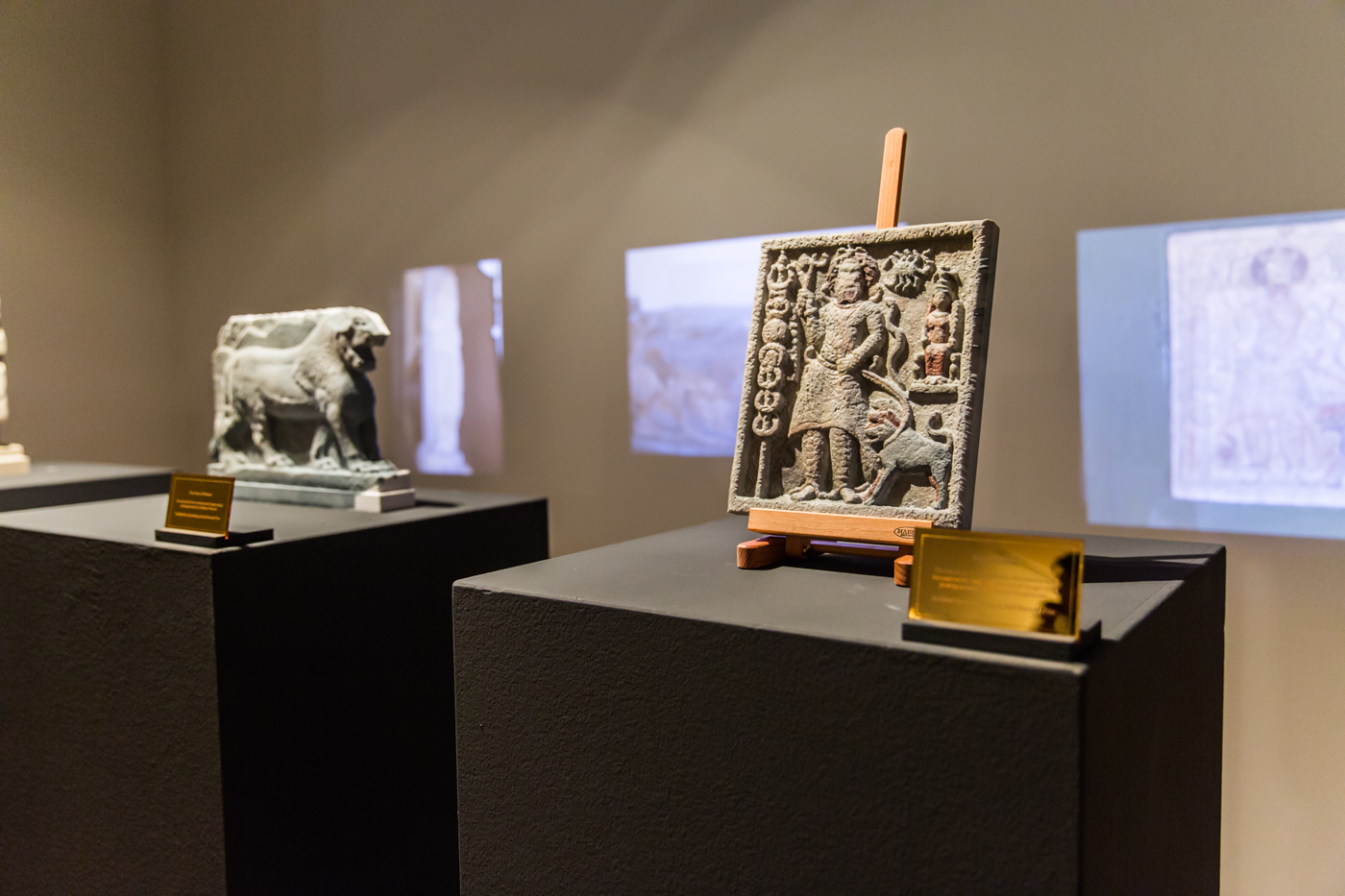
Ziv Schneider & Laura Chen, RecoVR Mosul: A Collective Reconstruction. DocLab Expo: Seamless Reality, IDFA International Documentary Filmfestival Amsterdam. Photo Nichon Glerum
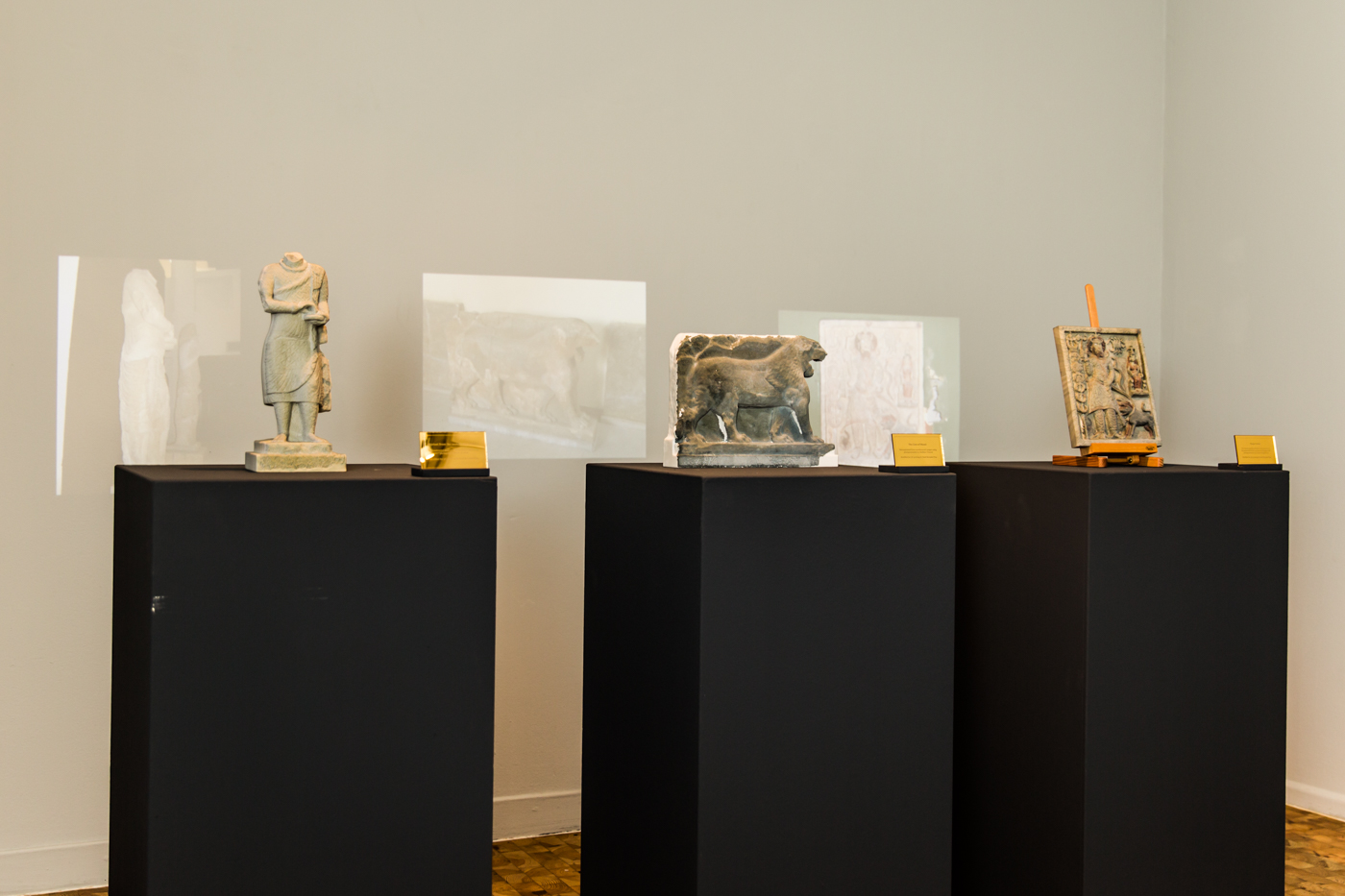
Ziv Schneider & Laura Chen, RecoVR Mosul: A Collective Reconstruction. DocLab Expo: Seamless Reality, IDFA International Documentary Filmfestival Amsterdam. Photo Nichon Glerum
The unfortunate Mosul Museum has not only been badly looted during the 2003 Iraq War, it was further ransacked last year by ISIL. The video of the militants using sledgehammers to destroy historic sites and artifacts toured and shocked the world. RecoVR: Mosul, a Collective Reconstruction crowd sources images from people who had previously visited the museum to digitally reconstruct these artifacts in a virtual reality installation. The DocLab exhibition showed both a series of small 3D printed reproductions of the statues (such as the Lion of Mosul) and the VR environment. The work was created at Economist Media Labs in New York, and in collaboration with Project Mosul, a volunteer group that crowdsourced images of the destroyed Mosul artifacts.
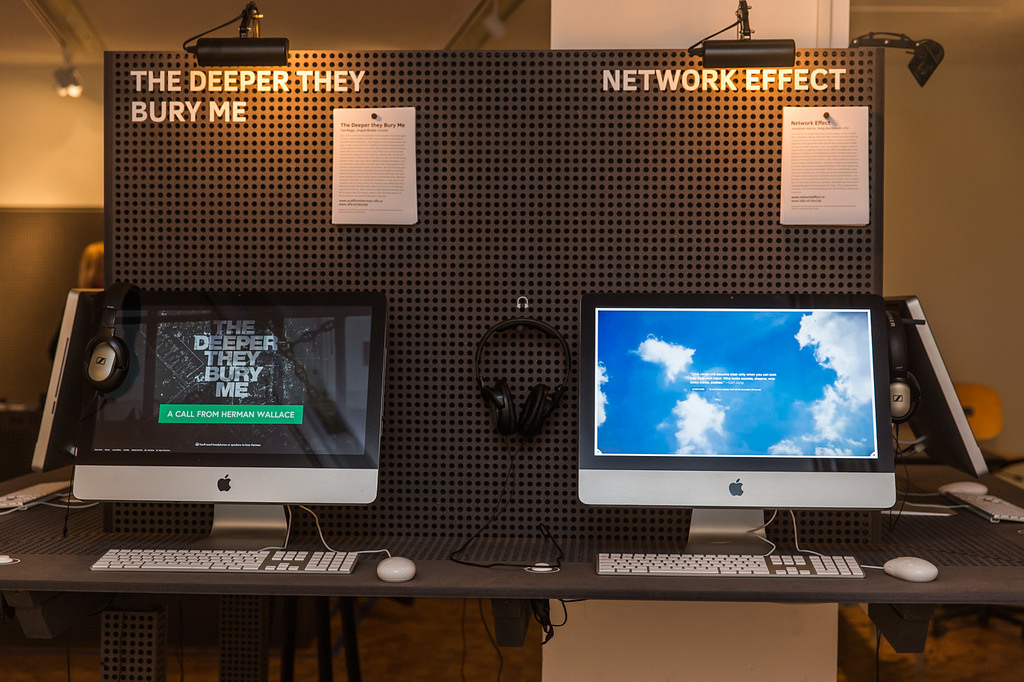
View of the exhibition DocLab Expo: Seamless Reality. DocLab Expo: Seamless Reality, IDFA International Documentary Filmfestival Amsterdam. Photo Nichon Glerum
Anghad Bhalla & Ted Biggs, The Deeper They Bury Me
The Deeper They Bury Me brings you closer to Herman Wallace, a political prisoner in Louisiana State Penitentiary, a.k.a. Angola Prison, since 1972. One of the Angola Three men, Wallace has spent more than 41 years in prison and was released October 1, 2013, 3 days before he died of cancer.
He was sent to Angola prison in 1971 for armed robbery and convicted a year later of stabbing a prison guard together with Albert Woodfox. It is very likely that they didn’t commit the crime but were framed because of their political convictions.
The very moving documentary plays a bit like a video game and allows you to look around the solitary confinement cell where Wallace spent 4 decades of his life but also to discover the imaginary home he was asked to design by artist Jackie Sumell. Animations depict his dreams. Archive footage allow us to hear him talk about his strategies for survival, the emotional strains of spending 23 hours per day in a cell, the lack of privacy, the infrastructure of U.S. prison buildings, etc. There is a lot to explore in this work but you’re allowed to wander around Wallace’s world for no longer than 20 minutes, the maximum amount of time a prisoner can spend on the phone each day.
The Deeper They Bury Me also illustrates the American penal system, with its cruel practice of extended solitary confinement, the high incarceration rate and the disproportionate number of coloured people sent behind bars.
Brett Gaylor, Do Not Track
Do Not Track combines short video interviews with privacy activists and interactive elements to reveal who is tracking us online and how private information extrapolated from our Internet activities is being collected, used and monetized.
Spending time on the platform watching the videos quickly gets pretty upsetting. The narrator’s identity as well as the content and language of the videos are determined by your own data: your IP address, your Facebook activity, your browsing habits, etc. Our post-Snowden age suddenly gets tangible.
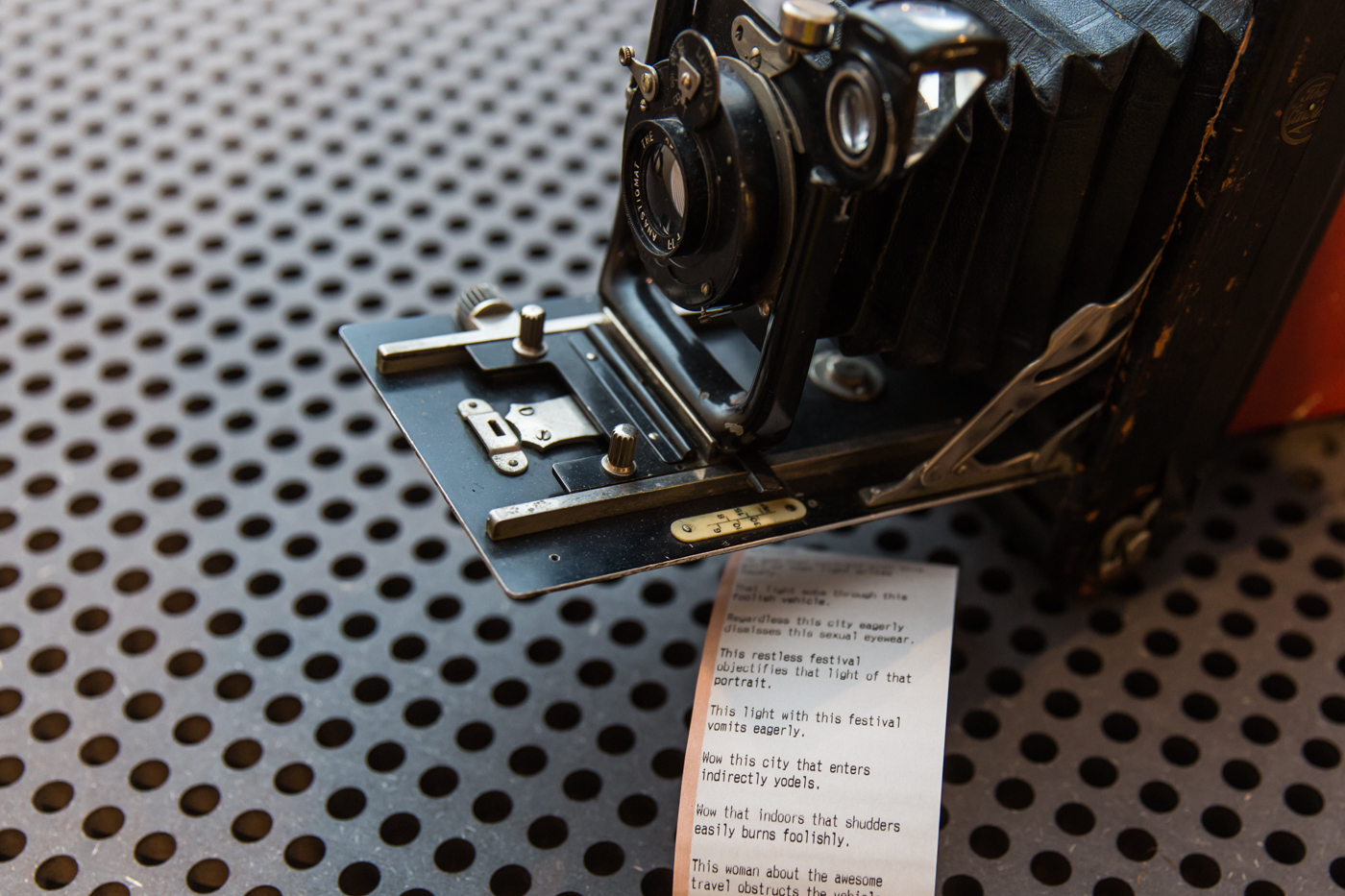
Ross Goodwin, word.camera. DocLab Expo: Seamless Reality, IDFA International Documentary Filmfestival Amsterdam. Photo Nichon Glerum
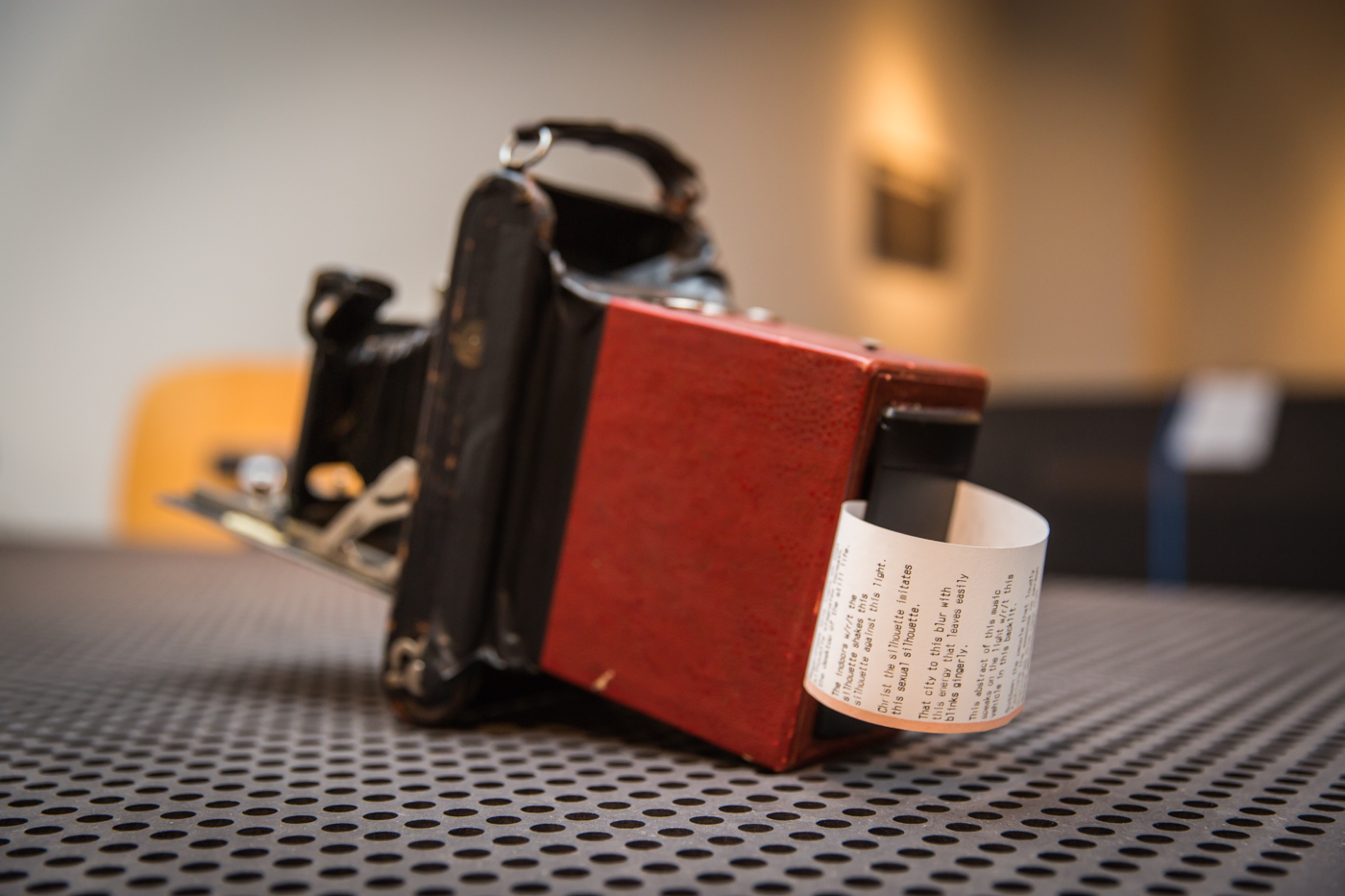
Ross Goodwin, word.camera. DocLab Expo: Seamless Reality, IDFA International Documentary Filmfestival Amsterdam. Photo Nichon Glerum
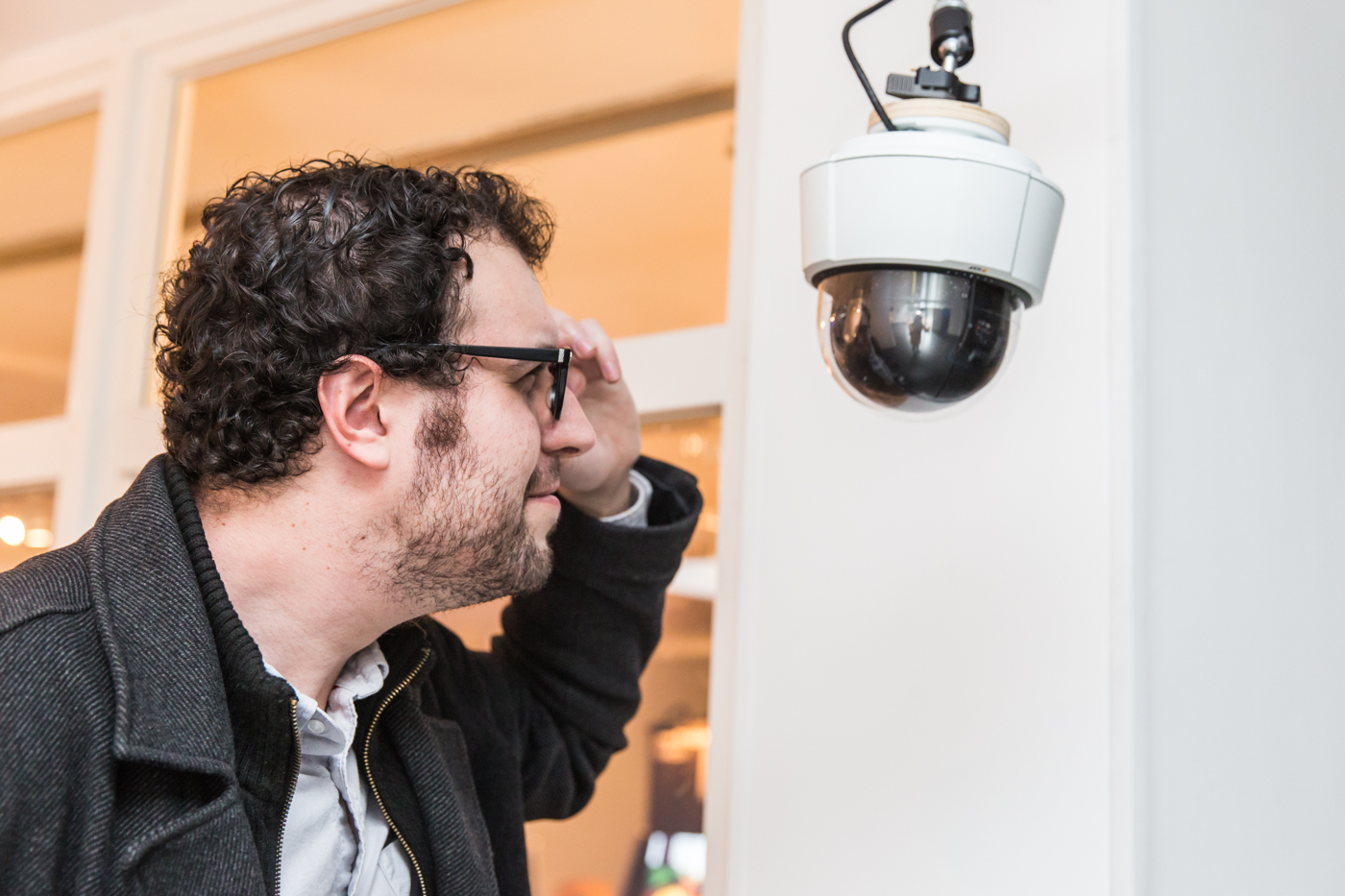
Ross Goodwin, word.camera. DocLab Expo: Seamless Reality, IDFA International Documentary Filmfestival Amsterdam. Photo Nichon Glerum
The relentlessly amusing word.camera is a talking surveillance camera that can zoom on a person’s face in the crowd, ‘read’ it and say out loud what it “sees.”
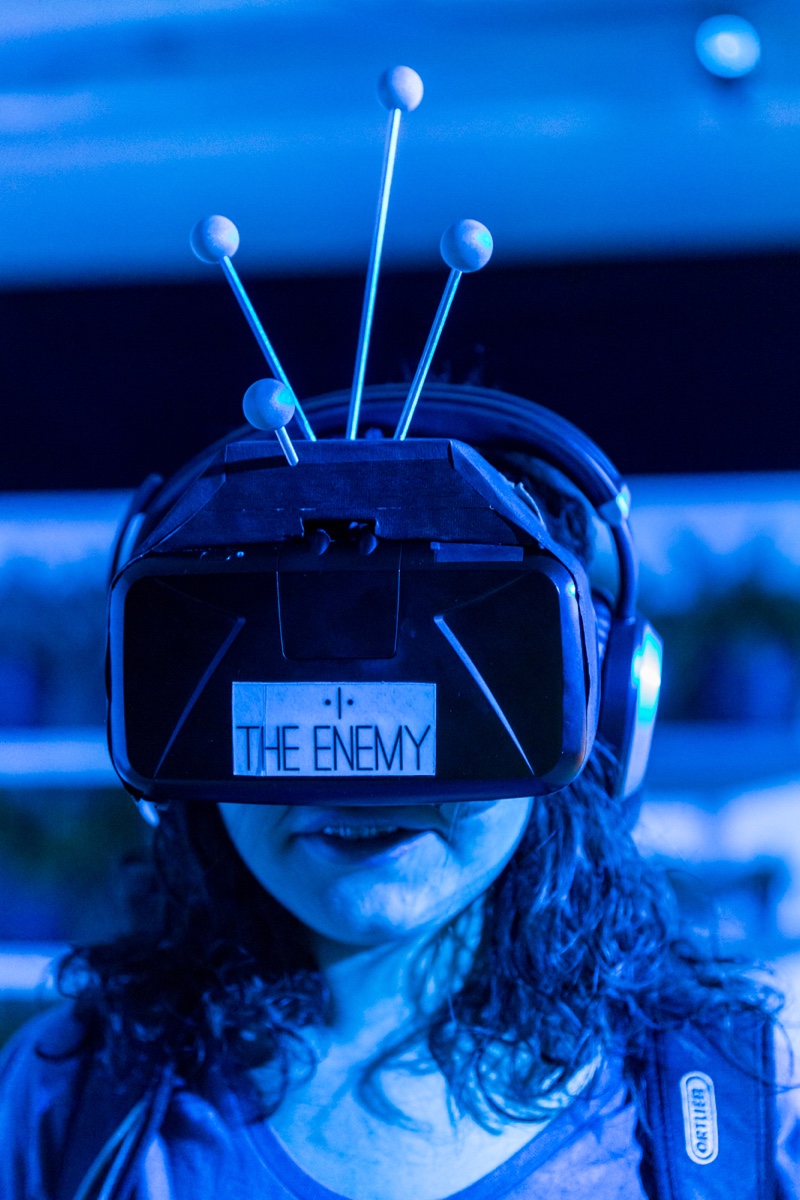
Karim Ben Khelifa, The Enemy. DocLab Expo: Seamless Reality, IDFA International Documentary Filmfestival Amsterdam. Photo Nichon Glerum
The Enemy is an immersive installation which brings face to face combatants from opposite sides. Wearing the VR goggles, you stand in the same room as them and are a witness to their dreams, fears and reasons to fight. With this work, war photographer Karim Ben Khelifa wanted people to feel closer to conflicts and its protagonists but also to try and understand what motivates human beings to engage in violence and to show that, very often, people fighting each other have more in common than they would admit.
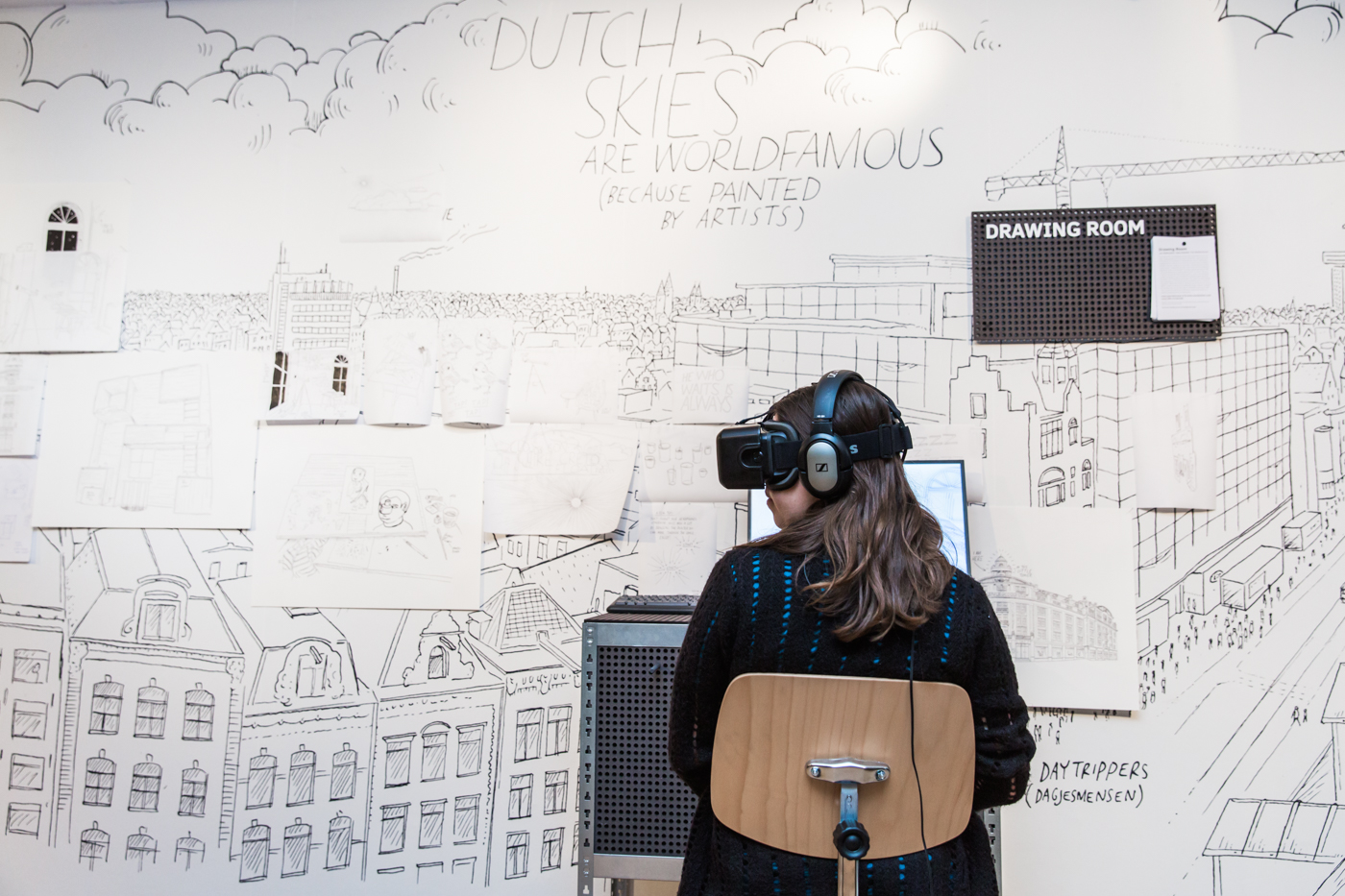
Jan Rothuizen, Drawing Room. DocLab Expo: Seamless Reality, IDFA International Documentary Filmfestival Amsterdam. Photo Nichon Glerum
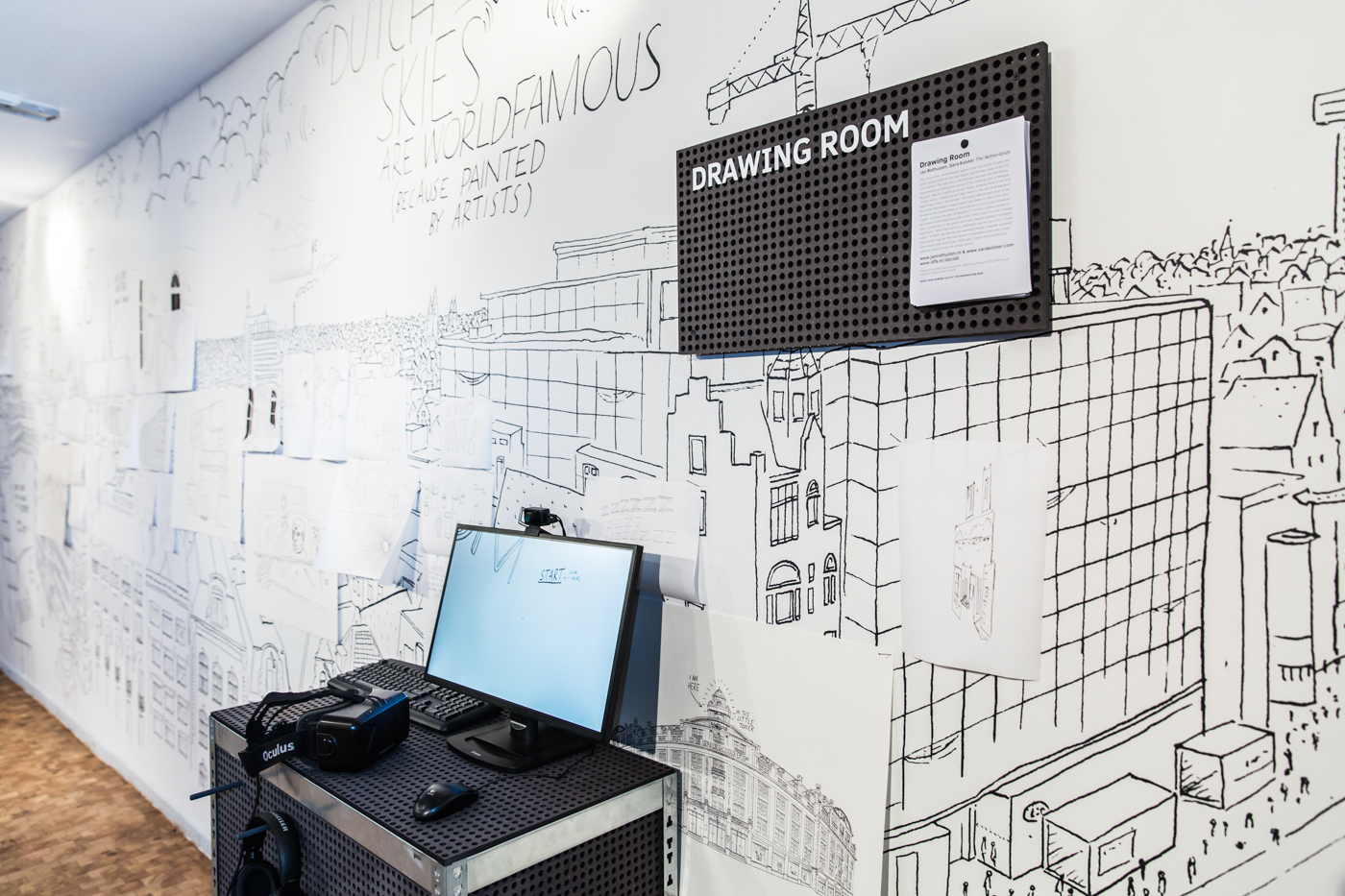
Jan Rothuizen, Drawing Room. DocLab Expo: Seamless Reality, IDFA International Documentary Filmfestival Amsterdam. Photo Nichon Glerum
Jan Rothuizen, Drawing Room
Jan Rothuizen, who gave a fantastically interesting talk last year at the DocLab conference, created what is probably the first ever “drawn reality.” Having spent some time in the tower room on the roof of De Bijenkorf, the oldest department store in Amsterdam, the artist translated his experience into a 360º virtual reality drawing complete with the sharp witty annotations that characterize his work.
Loïc Suty, The Unknown Photographer
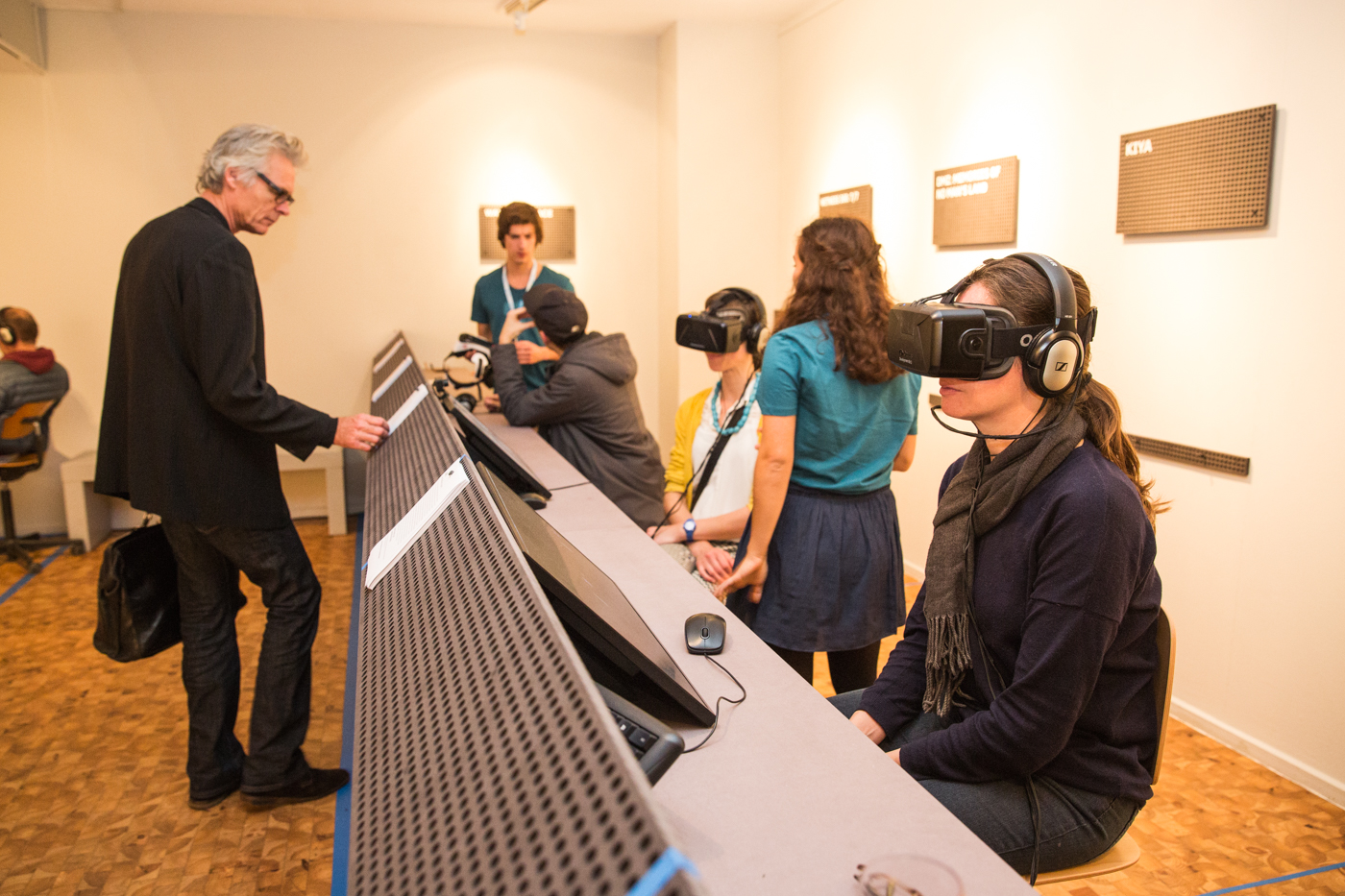
DocLab Expo: Seamless Reality, IDFA International Documentary Filmfestival Amsterdam. Photo Nichon Glerum
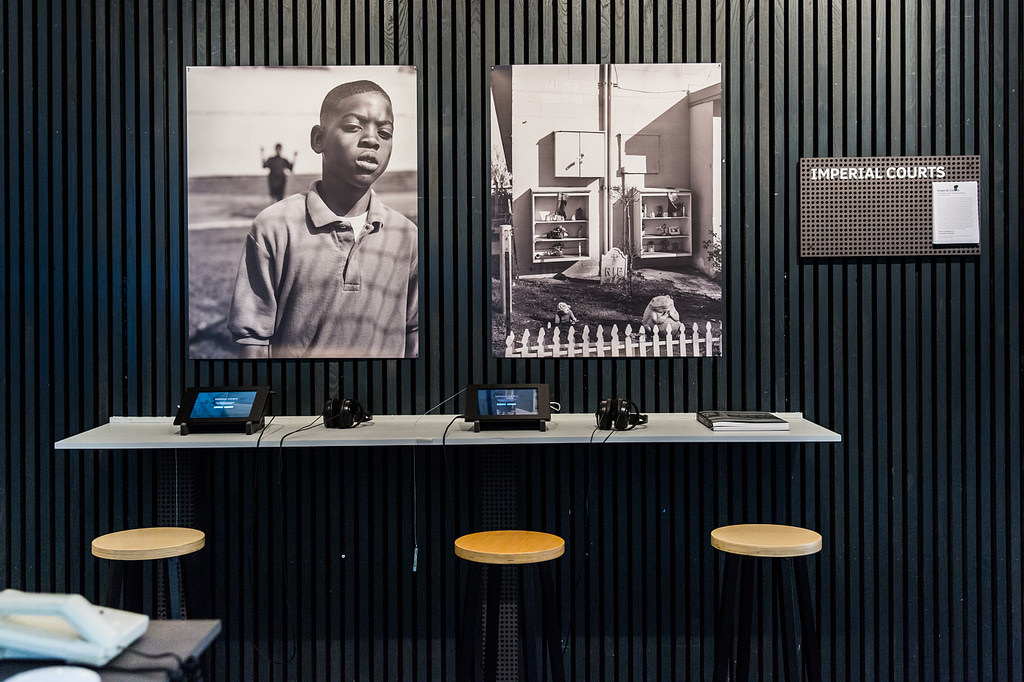
Eefje Blankevoort & Dana Lixenberg, Imperial Courts at DocLab Expo: Seamless Reality, IDFA International Documentary Filmfestival Amsterdam. Photo Nichon Glerum
Also part of the IDFA DocLab events: Swatting, vintage VR and virtual museum for stolen art. My notes from DocLab: Interactive Conference 2015 and Sheriff Software: the games that allow you to play traffic cop for real.
I posted my photos of the DocLab exhibition and conference on flickr.
